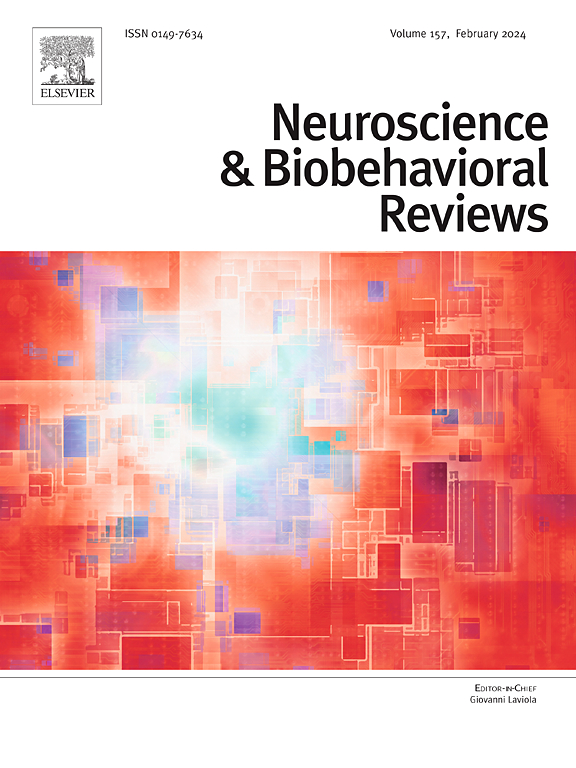Predicting responses of neuromodulation and psychotherapies for major depressive disorder: A coordinate-based meta-analysis of functional magnetic resonance imaging studies
IF 7.5
1区 医学
Q1 BEHAVIORAL SCIENCES
引用次数: 0
Abstract
This meta-analysis synthesized resting-state functional connectivity (FC) patterns associated with treatment responses in Major Depressive Disorder (MDD). We evaluated studies from 2013 to 2023 that reported pre-treatment FC (i.e., ‘biomarker’ analysis) and/or treatment-induced FC alterations (i.e., ‘longitudinal effects’) in three treatments (i.e., transcranial magnetic stimulation, electroconvulsive therapy, psychotherapy), and further associated these patterns with gene expression, neurotransmitter distributions, and symptomatology. From 57 studies covering 1726 patients, the ‘biomarker’ results revealed significant rs-FC patterns in the Default Mode Network (DMN) and Frontoparietal Network (FPN). ‘Longitudinal effects’ were characterized by altered DMN connectivity. Psychotherapy primarily affected the visual network and DMN. Gene expression profiles explained 38.5 % and 56.0 % of the variance in ‘biomarker’ and ‘longitudinal’ results, respectively. The meta-analysis correlated with neurotransmitter distributions (e.g., serotonin, dopamine) and MDD-related terms (‘interaction’, ‘emotional’, ‘negative’). These findings indicate that baseline FC within the DMN and FPN is crucial for predicting treatment responses, and the core mechanisms may involve restoring the DMN. This work may enhance our understanding of MDD pathophysiology and help guide personalized interventions.
预测重度抑郁症的神经调节和心理治疗的反应:功能性磁共振成像研究的基于坐标的荟萃分析。
这项荟萃分析综合了与重度抑郁症(MDD)治疗反应相关的静息状态功能连接(FC)模式。我们评估了2013年至2023年的研究,这些研究报告了三种治疗(即经颅磁刺激、电休克治疗、心理治疗)中治疗前FC(即“生物标志物”分析)和/或治疗诱导的FC改变(即“纵向效应”),并进一步将这些模式与基因表达、神经递质分布和症状学联系起来。从覆盖1726名患者的57项研究中,“生物标志物”结果显示,默认模式网络(DMN)和额顶叶网络(FPN)中存在显著的rs-FC模式。“纵向效应”的特征是DMN连通性的改变。心理治疗主要影响视觉网络和DMN。基因表达谱分别解释了“生物标记”和“纵向”结果中38.5%和56.0%的差异。荟萃分析与神经递质分布(如血清素、多巴胺)和mdd相关术语(“互动”、“情绪”、“消极”)相关。这些发现表明,DMN和FPN内的基线FC对于预测治疗反应至关重要,核心机制可能涉及DMN的恢复。这项工作可能会增强我们对重度抑郁症病理生理学的理解,并有助于指导个性化干预。
本文章由计算机程序翻译,如有差异,请以英文原文为准。
求助全文
约1分钟内获得全文
求助全文
来源期刊
CiteScore
14.20
自引率
3.70%
发文量
466
审稿时长
6 months
期刊介绍:
The official journal of the International Behavioral Neuroscience Society publishes original and significant review articles that explore the intersection between neuroscience and the study of psychological processes and behavior. The journal also welcomes articles that primarily focus on psychological processes and behavior, as long as they have relevance to one or more areas of neuroscience.

 求助内容:
求助内容: 应助结果提醒方式:
应助结果提醒方式:


